Fish has been marketed as a health food for a long time. The Mediterranean diet, long acclaimed for its health benefits for both the heart and general longevity, includes regular fish servings. Fish oil is rich in Omega 3 fat – more than any other food on the planet in a serving. This is considered fish’s main claim to fame as a healthy superfood. In this post we’ll look at whether we really need fish for its unusual fats, or for anything at all. It’s no wonder there is a lot of confusion abounding on whether fish is a health food or not.
Fatty questions
Fats are classified according to the types of chemical bonds between two of their carbon atoms. This gives the fat its specific qualities. There are dozens of types of fat in nature, each with their own differing chemical bond patterns.
Our bodies need several types of fat to work properly. If humans have any fat on their bodies (which we all do – even the leanest individual) or if we eat any food which contains fat (which is ALL foods including green vegetables), our body converts it into any of the myriad of fats needed for our bodies to function.
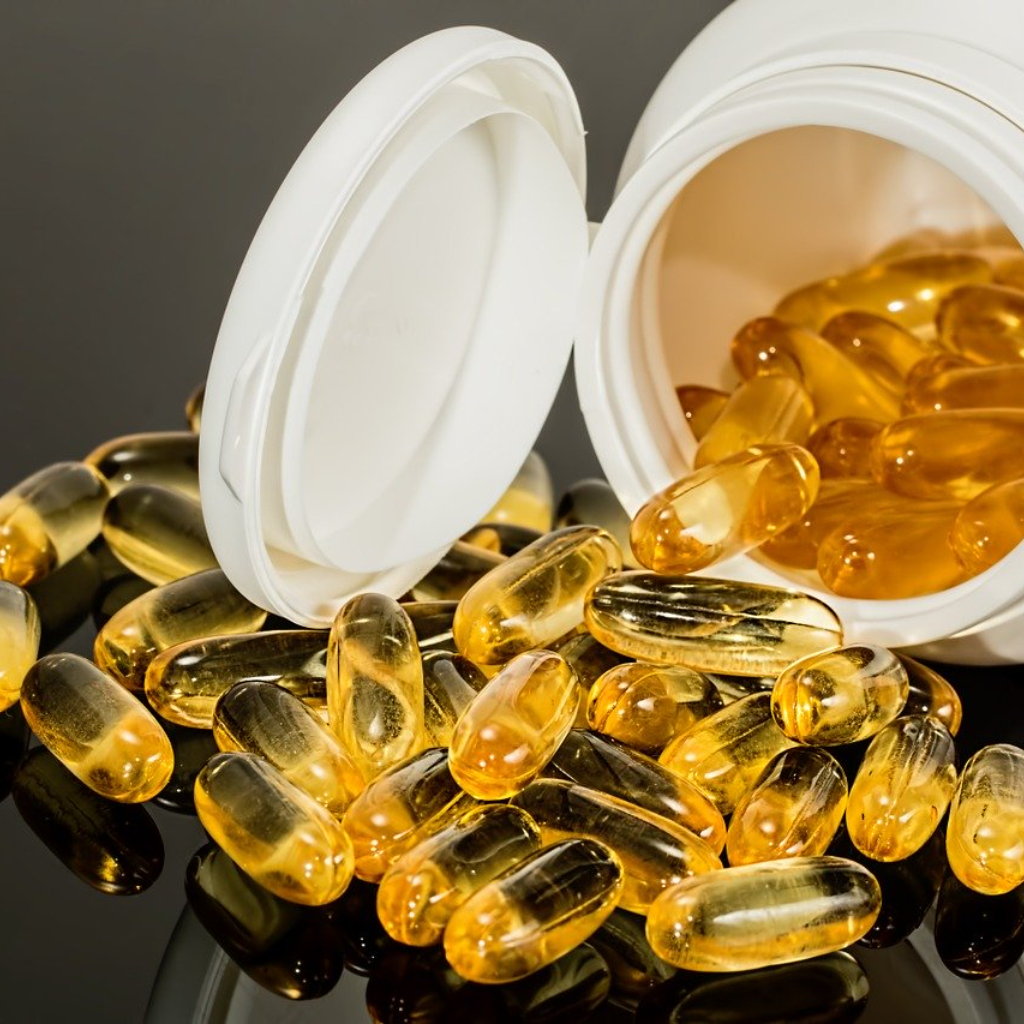
Some of these functions include building secure and well-functioning cell walls which control what goes in in out of our cells. Fats are also needed to form steroid hormones such as testosterone and oestrogen. Fats help us absorb certain nutrients. Layers of fat help keep our bodies warm and protect our inner organs from bumps. Fat also forms cholesterol – a vital substance for health and fat is also a reliable energy source which we draw off daily. Fat is also vital for the brain to send messages between neurons. You can read more <here> about more amazing functions of fats in our bodies.
In other words, we need fats – but our bodies can make all we need. Almost.
Problems of low Omega 3s
Omega 3 fatty acids are one type of polyunsaturated fat. They are one of two fatty acids that our bodies are unable to make. (The other is Omega 6s.) Without actually eating foods containing enough of these Omega 3 fatty acids, our health will deteriorate. This was discovered in 1929 when George and Mildred Burr fed rats a fat-free diet – and brought on a deficiency disease. This problem was also noted with hospitalised patients on fat-free parenteral feeding (tube feeding) and babies on fat-free formula around the same time. Diets lacking in Omega 3 and Omega 6 fatty acids – caused health to break down.
Some of these health problems are:
- vision problems
- brain and neurological (nervous system) – development of a baby’s brain, ADHD, major depression, Parkinson’s, bipolar, schizophrenia, Alzheimer’s disease, dementia
- heart disease
- inflammatory diseases – arthritis, Crohn’s and ulcerative colitis, asthma
- Type 2 diabetes, elevated triglyceride levels
- kidney disease
With Omega 3 fats having such a huge effect, why would we not eat its richest source? And the richest source is oily fish.
Eating fish, however, is fraught with real problems. These problems are so big that there is a real question of whether fish is a health food or not.
Fishes’ heavy metals
Heavy metals are endemic in fish in the 21st century. They come from industry, end up in rivers or groundwater and eventually in the oceans. Algae absorb them, small fish eat algae and the heavy metals build-up in their tissue in small amounts stored usually in the fat cells. Larger fish eat smaller fish, even larger fish eat the larger fish, and the heavy metals keep accumulating. Humans catch fish and eat them and the heavy metals get into our bodies – the larger the fish the more heavy metals are on board.

The most common heavy metals found in fish is mercury. Others found are cadmium, lead, copper and zinc, selenium and arsenic. Even though copper, zinc and selenium are necessary nutrients for humans, an imbalance leads to health problems. According to the CSIRO, all of these heavy metals are found in the Australian commercial fish catch. You can read about this <here>.
All fish now carry heavy metals and no place on earth is free of their presence. Even in the cleanest water areas of the world, fish swimming from other areas have heavy metals in their flesh. Catching them in clean water makes little difference. The bigger the fish, the worse the contamination. <Here> you can read about how Canadian Indian women have heavy metal levels in their breast milk that is way higher than American women. This is due to their eating a diet high in the apparently ‘clean’ fish from their local arctic streams.
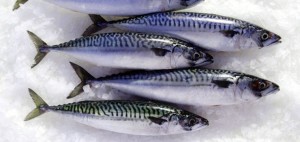
Our bodies are quite good at clearing heavy metals – given the right inputs and a healthy liver and digestive system. But this effect is limited if we are continually putting more heavy metals in. You can read more on getting rid of heavy metals at my blog post <here>.
Fish Fat
Fish have a LOT of fat. This is why fish are considered a health food. The amount of these essential Omega 3 fatty acids are the reason we are encouraged to eat fish.
But which fats are found in fish? In Image 1 we can see some of the nutrition facts about mackerel – a popular oily fish:
We can see that more than ⅓ of the calories in a serve is fat. 83 of the 231 calories in a 146g serve is fat. The other 2/3 of the calories are protein, and there is negligible carbohydrate.
The question is – are these fats those needed (essential) Omega 3 fats? Image 2 shows the fatty acid breakdown for mackerel.
A lot of the fats in this fish are the inflammatory ‘bad fats’. In order to get the ‘good’ Omega 3 (polyunsaturated) fats, we must also take in the saturated fats. Fish containing plenty of Omega 3 fats come with a lot of other fats.
White fish like ling has a lot less fat, but next to no Omega 3 fats either, so we are eating a lot of high-calorie fat that we do not need in this white fish.
It doesn’t matter how you get saturated fats – in red meat, in chicken, in coconut oil or in fish – they still have the same damaging effect on hormones and health. You can read <here> of yet another way to the ways we have known for decades of how saturated fats trigger inflammation. This inflammation, in turn, leads to chronic disease.
In oily fish we are getting just as much saturated fat as we are the essential fatty acids, the Omega 3s.
The question to ask is, is it worth it?
How our bodies use fat
Our bodies need different fats to run smoothly. We need saturated fats to build cell walls and monounsaturated fats for other purposes.
The point to remember is that we do not need to eat saturated fat or monounsaturated fat. Because our bodies make them – in the amounts we actually need. Our bodies make them by assembling them from any fat eaten of any sort, AND by breaking it down from the stored fat on our bodies.
ONLY Omega 3s and 6s (both polyunsaturated fats) are ESSENTIAL fats.
Omega 3s and 6s are the only fats we need to EAT.
Most Westerners, ⅔ of us, have excess body fat. Eating fatty foods (like fish) means the fat on our bodies will not be burned to make fats our body needs – because there is too much circulating in your blood already that came in from eating these fatty foods.
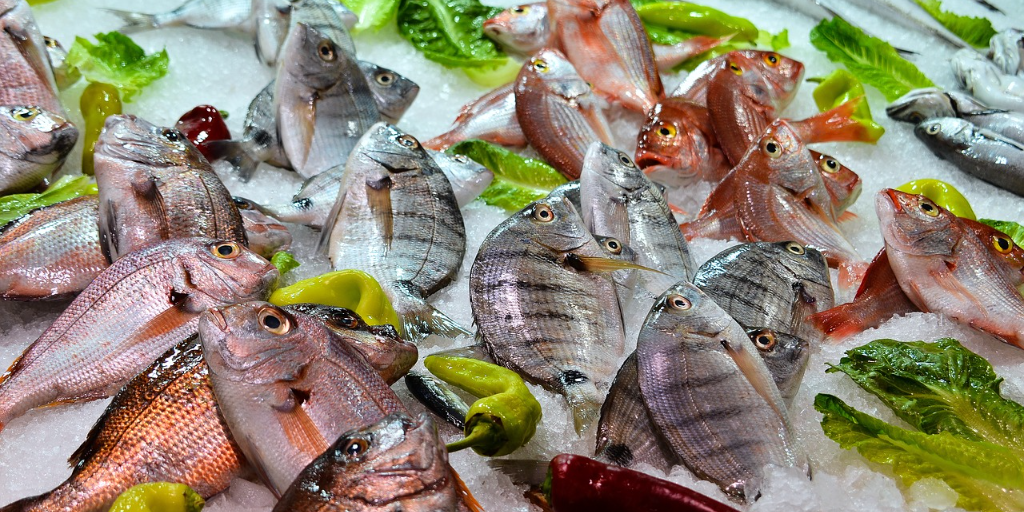
If you limit fatty foods, such as fish, your body will be forced to turn to stored fat to use it to build needed body-building fats. The result will be that you will begin losing excess weight.
The fish amino acid profile
Amino acids are like letters in the alphabet. In languages like English, we use letters as building blocks of words. In a similar way, amino acids are strung together to form the proteins our bodies need to build and repair things. There are twenty amino acids and our own bodies can build eight of them, and in some cases, ten. The rest we need to eat in food. We call these ones ‘essential amino acids’.
Methionine is one of the amino acid alphabet. We cannot make it ourselves, so we need to eat foods that have it. It is one of the essential amino acids.
One of methionine’s roles is to repair damaged DNA. It also acts like a free radical, lowering oxidative stress caused by inflammatory fats and other chemicals. Normal cells, however, can survive without much methionine, but interestingly, cancer cells cannot. There is clear evidence that methionine restriction leads to the selective death of cancer cells versus normal cells. You can read more about this <here>. If cancer cells are deprived of methionine, they cease multiplying and growing. But this deprivation does not affect normal cells in this way.

Further, cancer therapies targeting specific cancer cells and tumours, which are designed to damage DNA, are thwarted when someone eats a diet high in methionine-rich foods. Such a diet has now been found to reduce the effectiveness of both chemotherapy and radiation. You can read about this recent research <here>.
Two foods contain far more methionine than other foods. They are firstly, fish and secondly, chicken. Other meats are much lower, and plant foods are very low in methionine.
In other words, regularly eating foods high in methionine (such as fish) is actually cancer-promoting – at least in the absence of an otherwise lower methionine diet.
Modern fish farming
Well over 50% of Australian fish are from fish farming operations. This includes almost all of the salmon, most of the barramundi, and many other popular eating fish.

The thirty most popular wild species of eating fish in the world are already 90% decimated by mass fishing operations. Even though different regions of the world are applying policies to try to rebuild fish stocks, it is likely that, in the absence of a worldwide limit or ban on fishing for some species, depletion will continue. You can read more about this real environmental and economic problem <here>. It is estimated that by 2048, these 30 popular fish species will be extinct in the wild – thus fish farming is needed to feed the world’s growing population.
Fish farming is where fish are placed in pools where they have restricted room to move. In the absence of much natural food for such numbers of fish, they are also fed processed fish foods. These may contain dyes, to turn their meat pink or antibiotics to control diseases. Various methods are used to attempt to control the expected sewage problem that can occur with so many fish in an unnaturally small area. In the absence of their natural environment, however, problems arise, as with all factory farming.
It is not enough to ask the fishmonger the country the fish comes from. The method of farming is just as important.
Non-fish Omega 3 alternatives
Ever thought about where fish get their Omega 3 fatty acids from? Why do their fats accumulate these valuable fat sources whereas land animals do not in such useful quantities?
Omega 3 fats, like all nutrients on earth, begin in plants. In this case – the algae growing on rocks in the ocean. Small fish eat the algae, bigger fish eat the smaller fish, and so it goes. The fatty acids are stored in fats or oils, and the oilier the fish, the more fatty acids are on board.
We can now purchase the Omega 3 fats from their original sources – as algal oil. Most commercial algal oil algae now grows in laboratories, far from heavy metal contamination.
Land plant Omega 3 alternatives
Other plants contain fatty acids too. Our bodies use an enzyme to break these down into the Omega 3 fats. This ALA (alpha-linolenic acid) is found in flaxseeds (linseeds), walnuts, hemp seeds and chia seeds, and to a lesser extent in soy, canola and in trace amount of most vegetables.
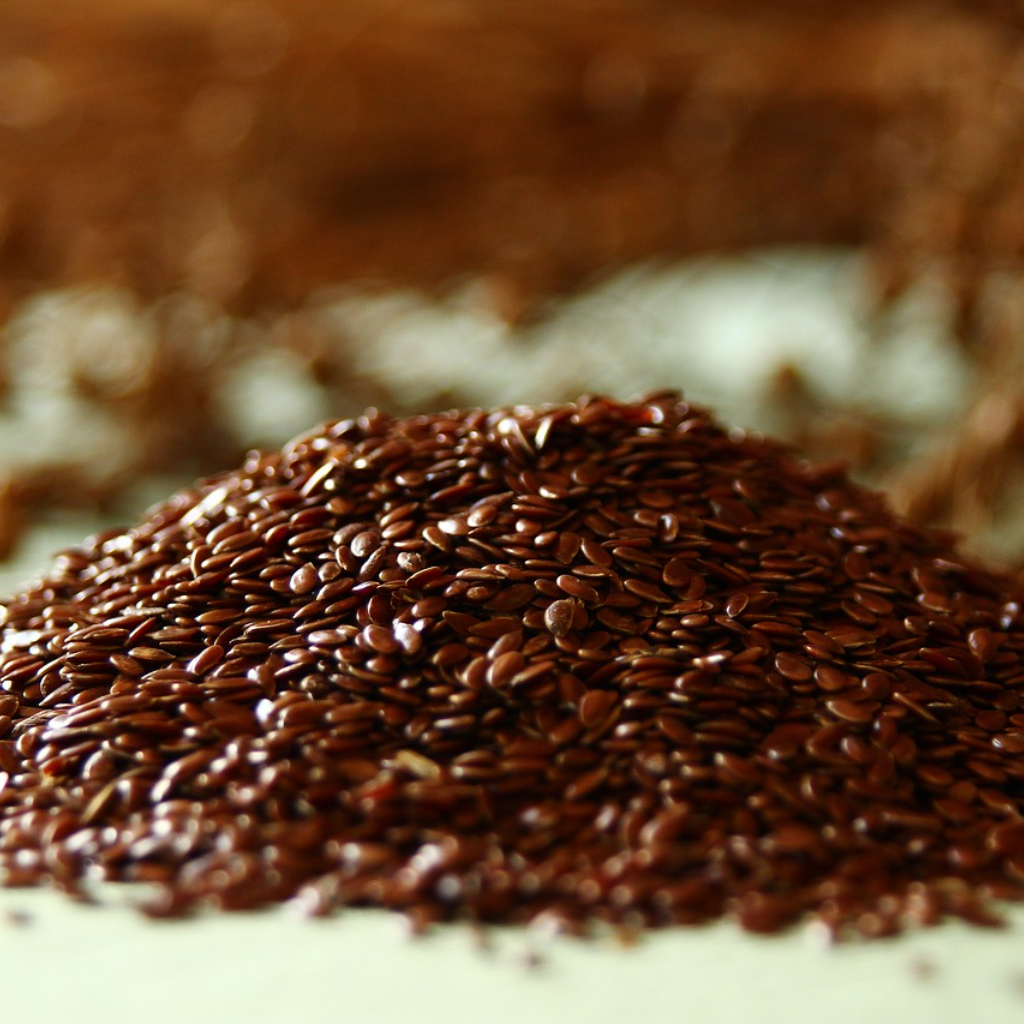
One tablespoon of GROUND flaxseeds or flaxseed oil will give most people sufficient Omega 3 fatty acids. Because of differing amounts of the enzyme needed to break down the ALA to the usable Omega 3s, I recommend women of child-bearing years to take an Omega 3 supplement to ensure a growing baby gets enough for healthy brain development. This can be in the form of heavy-metal purified fish oil or algal oil – where the algae is grown in a laboratory so is perfectly clear of any heavy metals that sea algae can pick up.
Please note that for everyone else, flaxseeds must be ground as the body cannot break down linseed husks at all. And flaxseed oil must be stored in the fridge or the fatty acids become rancid. It does not last long after the bottle is opened. Chia seeds, walnuts and hemp seeds are more stable but do not supply near as much Omega 3 as flaxseeds.
A diet which includes around ½ kg raw vegetables and ½ kg cooked vegetables daily (1 pound of each) contains sufficient Omega 3s in the form of ALA – from the accumulated traces in the vegetables. No need to eat any flax seeds at all then. This is, however, a lot more vegetables than most (even vegan) people eat, so don’t rely on it without checking with the kitchen scales!
Why I eat fish
Even though I have eaten a fully vegan (no meat or dairy) diet for more than a decade now, from time to time I eat fish. Some may say this is not vegan – so I concur – it is vegan on average 363/365 days each year. The last time I ate fish (back from the publication of this post) was two years ago. I was holidaying in Vanuatu. Daily the resort we stayed in sent a small fishing boat out to catch fresh fish. Yes, there would have been some contaminants, high methionine and plenty of fat in it – but I justified my eating it as a special indulgence. And I’ve eaten no fish for 2 years since and have no plans to do so.

In some Asian foods, I add fermented fish sauce, and in some sauces, I use anchovies to add flavour. These are condiments.
Some may say I’m not a good vegan, and you’d be correct, I am not an ethical vegan. I understand the issues at stake and agree with them mostly, but the health aspect is my real concern.
Because of the problems with fish, and I have only listed four of the issues, I don’t eat it as a general rule. However, eating it as condiment from time to time, or as a special indulgence rarely (not weekly – maybe once a year or less as it has been in reality) works for me.
Evaluating fishy facts
I hope this post gives you something to mull over, so you can decide what role fish will have in your diet moving forward. Will you omit it altogether from your diet? Do some of these facts sicken you? Or will you keep it for special occasions, trying to get the cleanest, less contaminated types? Will you continue to use fish products as condiments?
If you decide to stop eating fish altogether, just make sure you have an alternate Omega 3 source – and especially if you are planning a pregnancy.
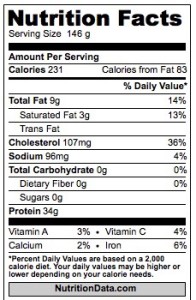
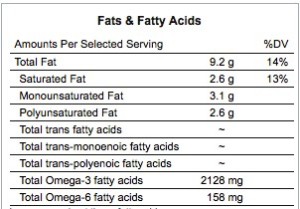
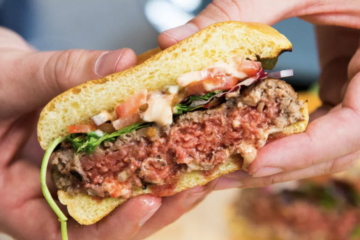
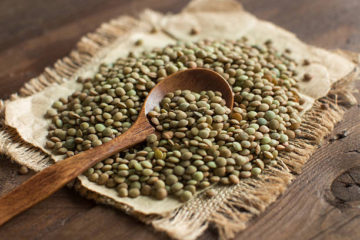
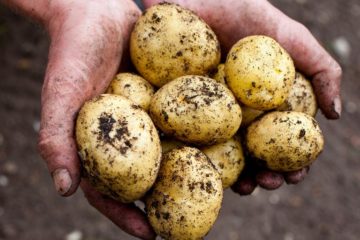
0 Comments